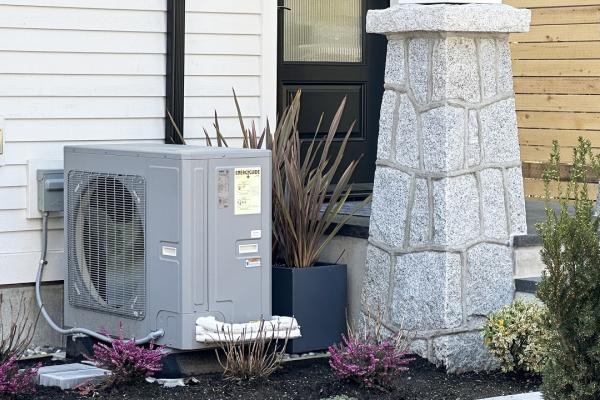BC Home Energy Planner
- The BC Home Energy Planner is a free service that helps you understand and improve the energy efficiency of your home. The Planner estimates your home energy use and recommends ways to make your home more comfortable.
Energy Coach services
- A free Energy Coach service is available through the CleanBC Better Homes program. Energy Coaches can provide advice on rebate programs and home upgrades. They also provide the services in Cantonese, Mandarin, Punjabi and Farsi.
- For information on the hours and contact information about the Energy Coach services, please visit Energy Coach service.
Available rebates and loans
- CleanBC Better Homes and Home Renovation Rebate Program offers eligible residents up to $14,000 for improving home energy efficiency through selected upgrades. Rebate amounts vary depending on the type of upgrades. For more information on the rebate, contact an Energy Coach.
- CleanBC Energy Saving Program offers enhanced rebates to eligible residents, making energy-saving home upgrades more affordable. For more information on program eligibility, please contact an Energy Saving Program Energy Coach by email at [email protected] or by phone at 1-833-856-0333.
- Canada Greener Home Initiative offers a variety of programs, including interest-free financing, to help Canadians enhance home energy efficiency. The loan amount is based on the scale and the value of the proposed upgrades. For more information about the loan, visit Canada Greener Homes Loan.
